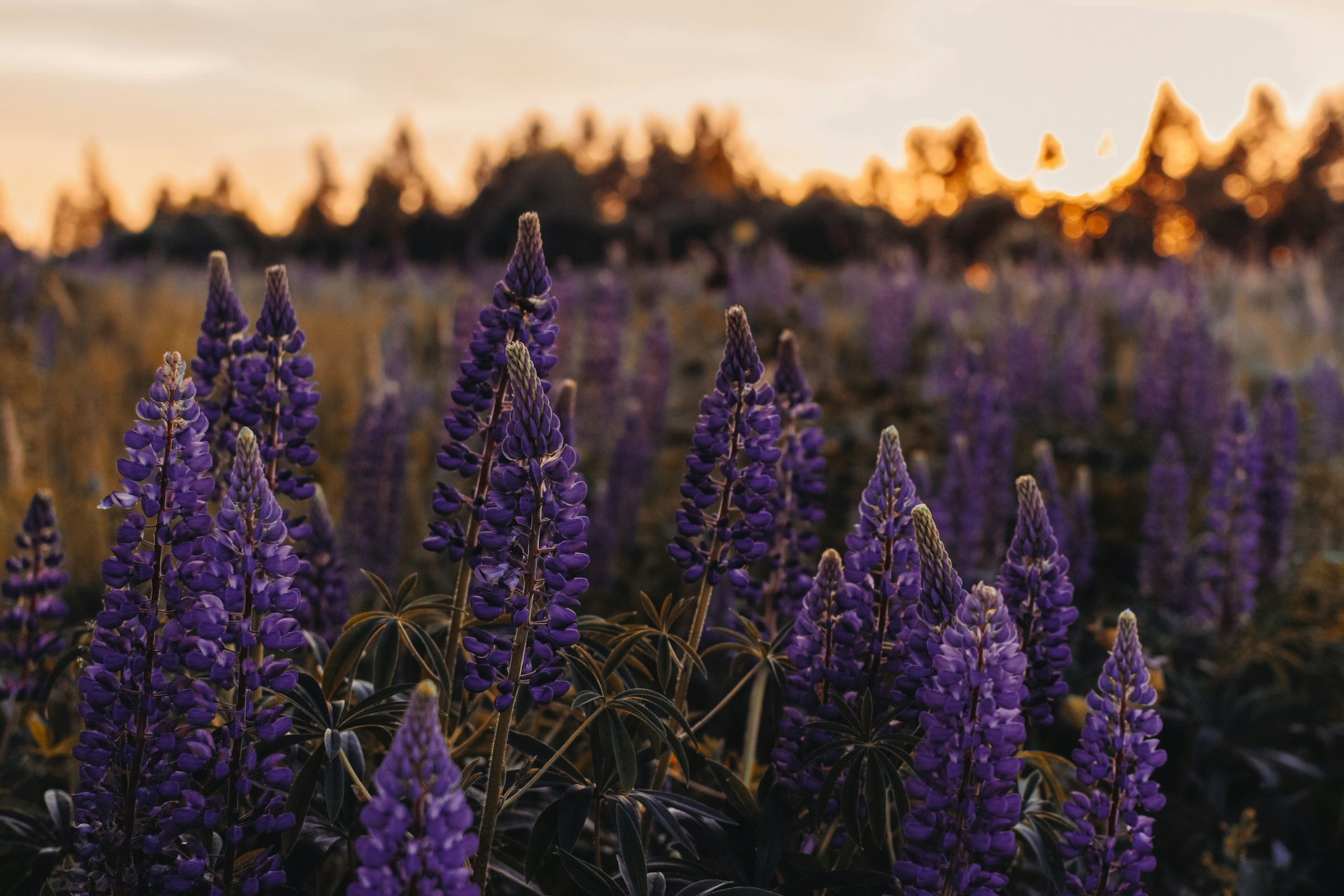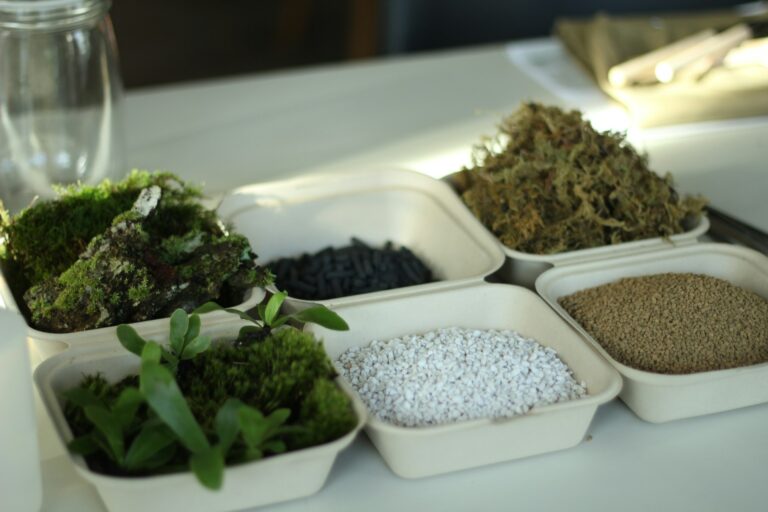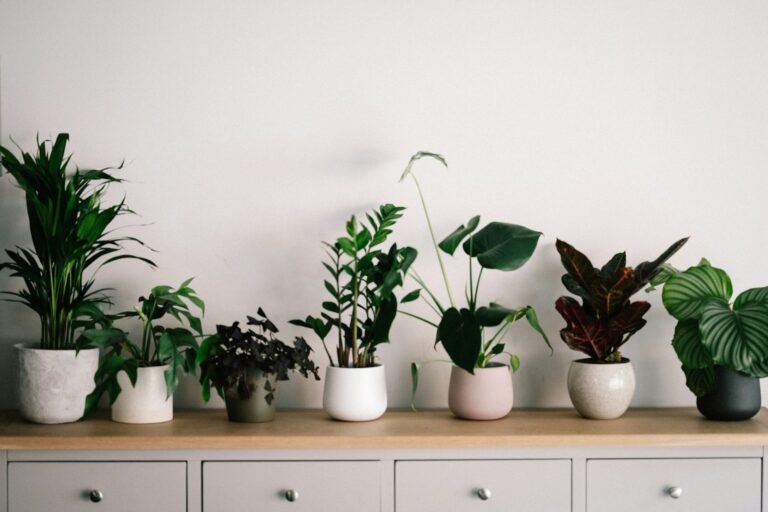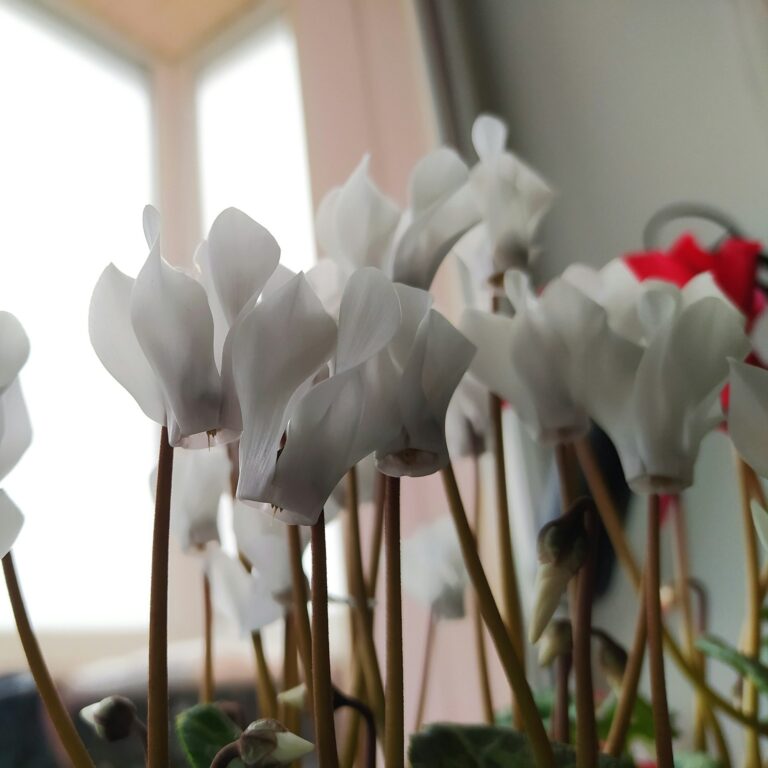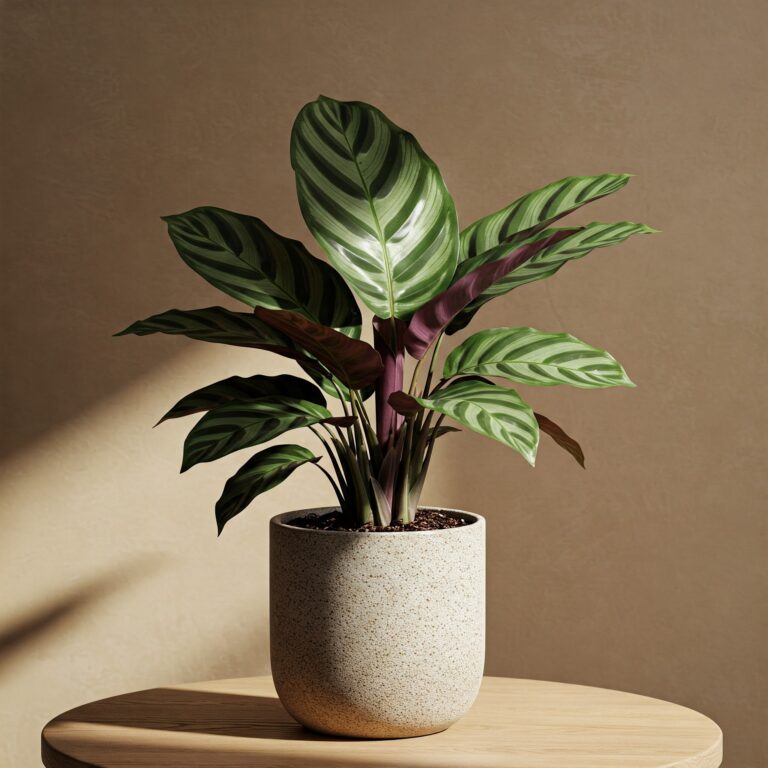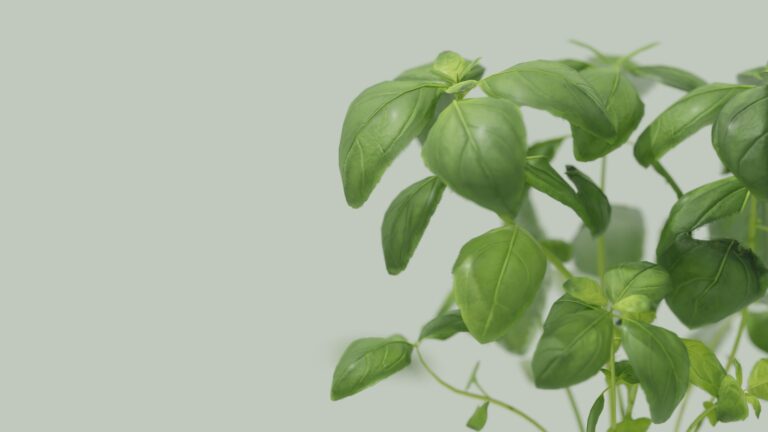Ah, the intoxicating scent of lavender! Did you know that lavender has been used for over 2,500 years for its aromatic and medicinal properties? It’s no wonder so many of us want to grow this beautiful herb at home.
Lavender is a popular herb known for its soothing fragrance, attractive purple blooms, and versatility in both the garden and home. Growing lavender in pots is a great option, especially for those with limited outdoor space or in regions where the climate may not be ideal for in-ground planting.
Whether you’re looking to beautify a patio, balcony, or indoor area, potted lavender can bring a touch of nature and a calming aroma to your space. However, successfully caring for lavender in containers requires understanding its specific needs, such as the right potting mix, adequate sunlight, proper watering, and pruning practices.
This guide will provide essential tips and tricks to help you cultivate healthy and vibrant lavender plants in pots, ensuring they flourish season after season with minimal effort.
How To Care For Lavender In Pots
Choosing the Right Pot and Soil for Lavender
When it comes to care for lavender plants in pots, selecting the right container is crucial. Lavender thrives in well-draining conditions, so choosing a pot with multiple drainage holes is essential.
Terracotta pots are ideal because they allow moisture to evaporate, preventing root rot. As for size, start with a pot that’s at least 12 inches in diameter. This gives the roots enough room to spread while keeping the plant from becoming root-bound too quickly.
The soil mix plays a significant role in successful lavender care. Lavender prefers slightly alkaline, sandy, or gritty soil with good drainage. A mix of potting soil, sand, and perlite works well.
For even better results, add a layer of gravel or small stones at the bottom of the pot to improve drainage further. Remember, in container gardening, ensuring proper soil conditions is key to keeping your potted herbs healthy and thriving.
Sunlight Requirements for Potted Lavender
Lavender is a sun-loving plant that requires plenty of light to grow and bloom. In fact, lavender care is all about ensuring it gets at least 6-8 hours of direct sunlight daily.
If you’re growing lavender outdoors, place your pots in a spot that gets full sun for most of the day. For indoor gardening, position your pots near a south- or west-facing window where they can soak up as much sunlight as possible.
During the winter months or in areas with less natural light, consider supplementing with grow lights to mimic the sunlight lavender needs. Seasonal adjustments are important in container gardening; during the colder seasons, move your pots to catch more light, ensuring your lavender plants stay healthy and continue to thrive.
Watering Your Potted Lavender: The Goldilocks Approach
Watering lavender in pots requires a delicate balance. Lavender is drought-tolerant, so less is more when it comes to watering. The key to care for lavender plants in pots is to allow the soil to dry out slightly between waterings. Water thoroughly, letting the excess drain out, then wait until the top inch of soil is dry before watering again.
Overwatering can lead to root rot, one of the most common problems with lavender. On the other hand, underwatering can cause dry, brittle leaves. Adjust your watering routine according to the season: in the summer, you might need to water more frequently, while in the winter, your potted herbs may only need occasional watering.
Remember, the Goldilocks approach—“not too much, not too little”—is what keeps lavender thriving in containers.
Fertilizing Lavender: Less is More
Lavender is a low-maintenance herb that doesn’t require heavy feeding. In fact, over-fertilizing can do more harm than good by promoting excessive foliage growth at the expense of flowers.
For proper lavender care, use a balanced, slow-release fertilizer in early spring. A light feeding once or twice a year is usually sufficient.
Organic fertilizers, like compost or fish emulsion, are gentle options that align well with container gardening practices. If using synthetic fertilizers, apply sparingly to avoid nutrient buildup, which can lead to salt accumulation in the soil. Signs of over-fertilization include yellowing leaves and reduced flowering. If you notice these symptoms, flush the soil with water to clear excess salts.
Pruning and Maintaining Potted Lavender
Pruning is a critical step in lavender care to ensure healthy growth and abundant blooms. Prune your lavender plants in late summer or early fall after flowering. Use sharp shears to trim back about one-third of the plant, focusing on removing spent blooms and shaping the plant to maintain its form. Regular pruning prevents your lavender from becoming woody and encourages fresh, vibrant growth.
Deadheading is another useful practice for potted herbs like lavender. Removing faded flowers encourages more blooms throughout the growing season. Shaping your lavender plant not only enhances its aesthetic appeal but also keeps it compact, making it ideal for container gardening.
Overwintering Potted Lavender
Lavender is hardy, but extra care is needed to help it survive winter, especially in pots. Preparing your potted herbs for cold weather involves a few key steps. If you live in a region with harsh winters, consider bringing your lavender pots indoors before the first frost. Place them in a cool room with plenty of light, such as a sunroom or enclosed porch.
For outdoor lavender, insulate the pots by wrapping them in burlap or bubble wrap. This helps protect the roots from freezing temperatures. Elevating the pots on bricks or pot feet also helps prevent water from pooling at the base, which could freeze and damage the roots. In early spring, gradually reintroduce your lavender to outdoor conditions, and prune any winter damage to encourage fresh growth.
Common Problems and Solutions for Potted Lavender
Like all plants, lavender can face challenges. Common issues include pests like aphids and spider mites, which can be managed with insecticidal soap or neem oil. Yellowing leaves are often a sign of overwatering or poor drainage, both of which can be remedied by adjusting your watering habits and checking for proper drainage.
If your lavender isn’t flowering, it could be due to insufficient light, poor soil conditions, or lack of pruning. Ensuring your plant receives enough sunlight and is pruned regularly are key aspects of successful lavender care. By troubleshooting these common problems, you can keep your lavender healthy and thriving year-round.
Conclusion
In conclusion, caring for lavender in pots can be a simple and enjoyable way to bring the beauty and aroma of this beloved herb into your space. By selecting the right pot, using well-draining soil, ensuring plenty of sunlight, and managing watering carefully, you can cultivate healthy lavender that thrives in a container.
Regular pruning and occasional fertilization will keep your lavender lush and encourage abundant blooms. With just a bit of attention and care, potted lavender can enhance your home or garden, offering its calming scent and vibrant color year after year.
